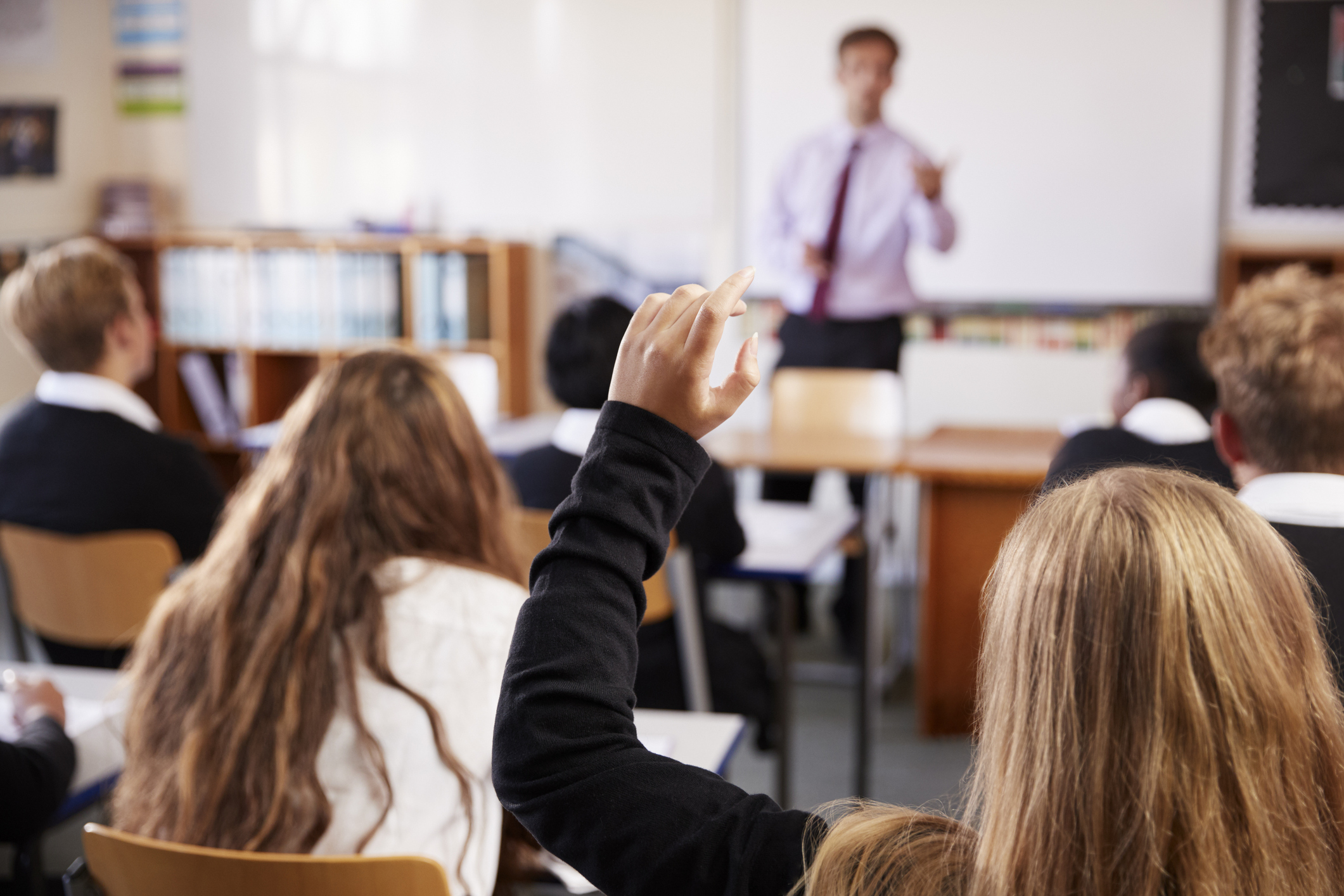
YOUNG people with learning difficulties have highlighted key areas of research which could help to improve their lives.
The 10 priorities include devising approaches to tackle bullying and creating the best learning environments.
Academics will use the information to plan new research initiatives at the University of Edinburgh and worldwide.
Project leader Professor Anne O’Hare said: “It is vital that people with learning difficulties are given a voice and are involved in research design from the outset.
“We are delighted to now have clear priorities for our research going forward and are hopeful that the project will lead to improvements in diagnosis and support.”
Sam McGovern, ambassador for Dyslexia Scotland who helped choose the priorities, added: “It is so good that young people have had as much of a voice in setting the top 10 as parents and professionals.
“Kids, as much as adults, know what is important when you have a learning difficulty.”
The university said estimates suggest one in five children in Scotland has a learning difficulty, which are often linked to conditions such as dyslexia, ADHD and autism.
Tests to spot early signs and identify the best ways that professionals can support families were highlighted as key goals in the consultation.
More than 700 responses were received from across Scotland during the consultation.
The project was led by The Salvesen Mindroom Centre and the University of Edinburgh in partnership with the James Lind Alliance, a non-profit organisation that helps set research priorities.
Christine Carlin, chief executive of The Salvesen Mindroom Centre, said: “Today’s launch is an exciting step towards ensuring that every person with a learning difficulty in Scotland receives the recognition and the support they need to achieve their potential.
“We look forward to working alongside the University of Edinburgh and wider research community to make that happen.”

Enjoy the convenience of having The Sunday Post delivered as a digital ePaper straight to your smartphone, tablet or computer.
Subscribe for only £5.49 a month and enjoy all the benefits of the printed paper as a digital replica.
Subscribe